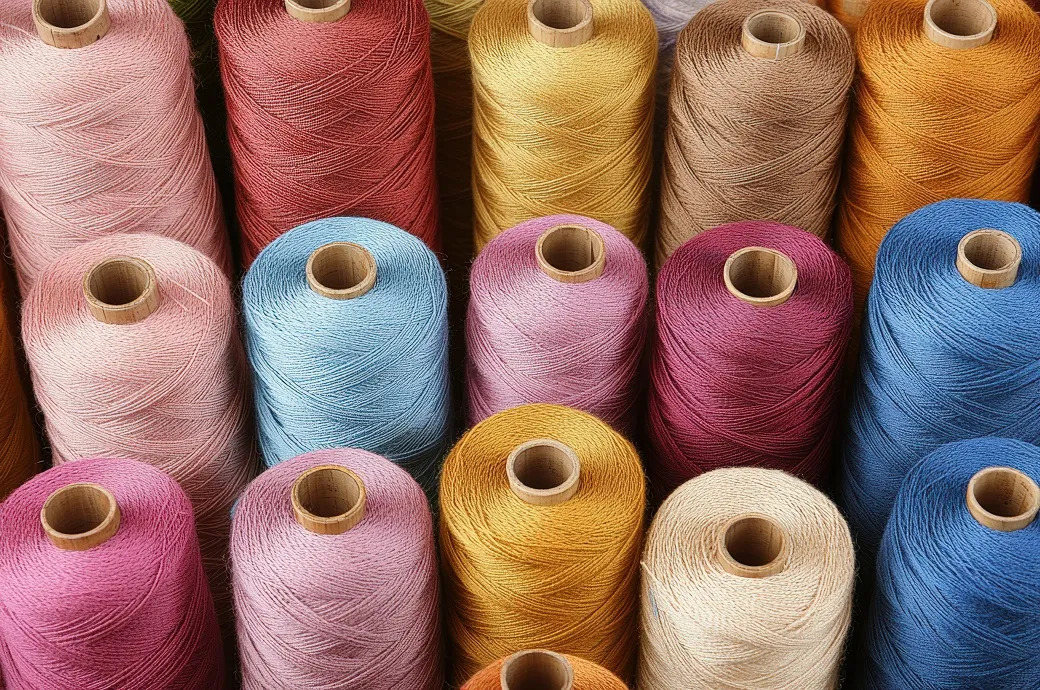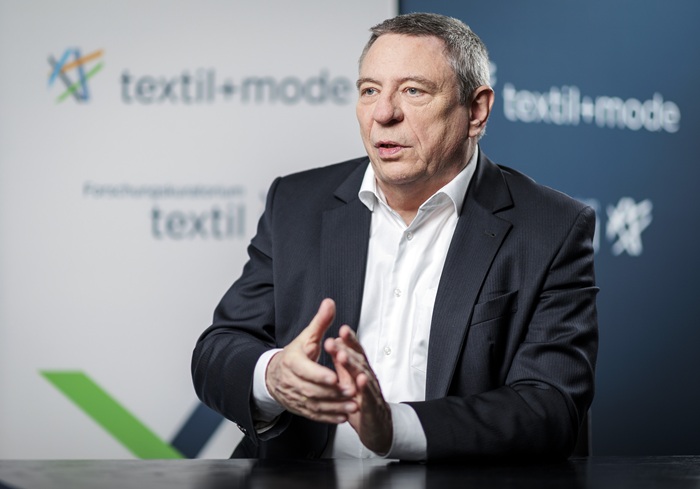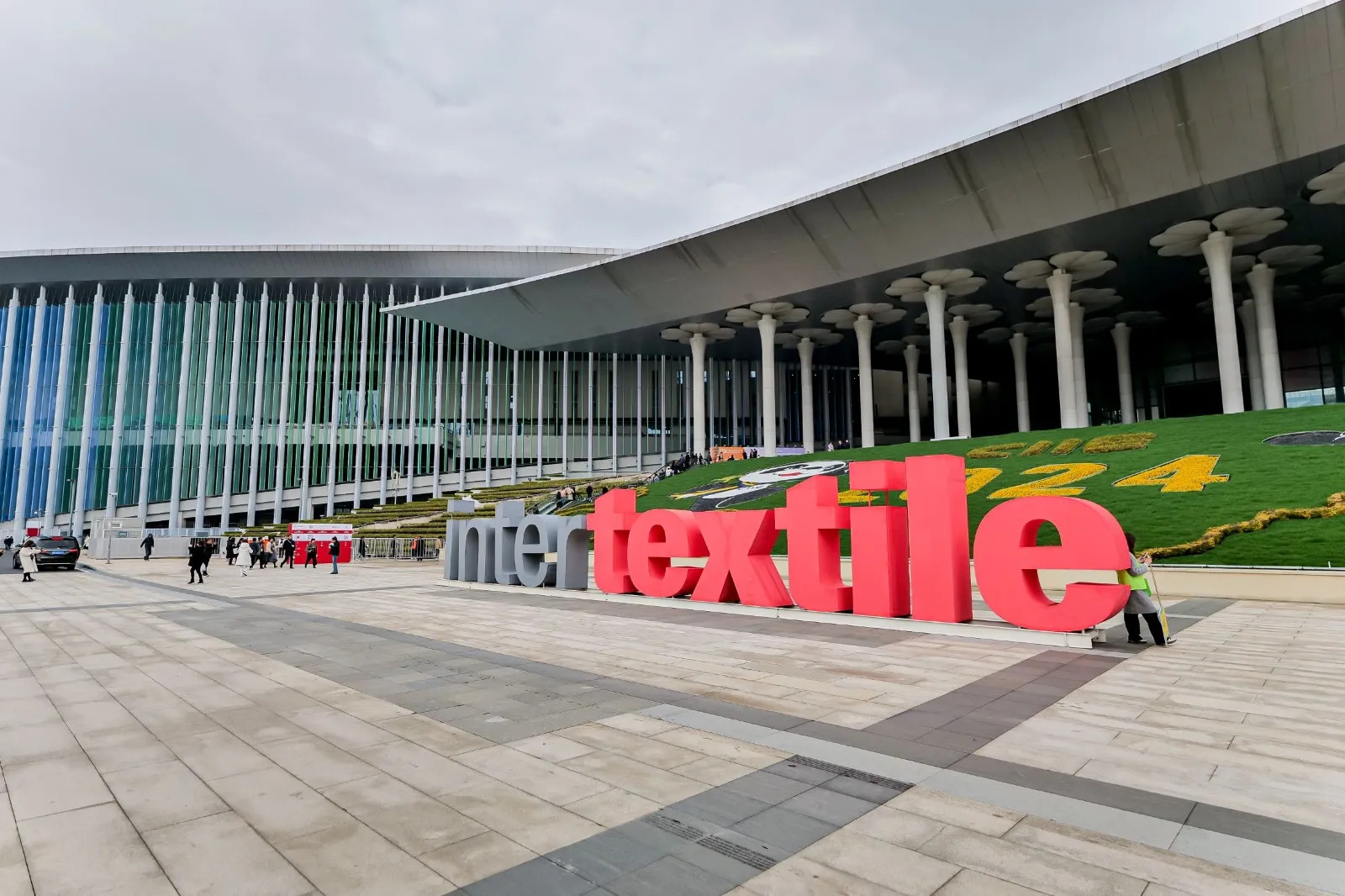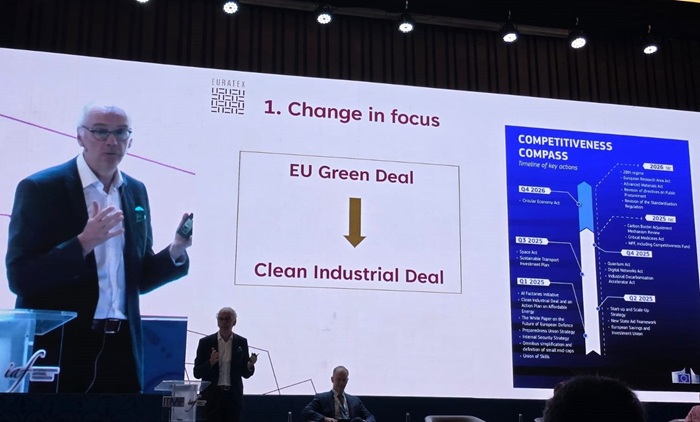FW
Xeros has a near-waterless laundry system. Polymer technology allows washing machines to use a fraction of the water normally used during washing, while still being able to remove stains and protect linen for hundreds of machine washes.
Xeros has developed washing machine components capable of reducing water use by 50 per cent and preventing microfiber shedding from synthetic clothing. It is estimated that each laundry cycle creates hundreds of thousands of microfibers from textiles.
The XOrb polymer technology and XDrum technology work together inside the washing machines to prevent water loss and promote lower use. X Filtra also uses a filtration process to reduce the number of microfibers released from textiles when washed.
Xeros’ core purpose is to give washing machine manufacturers and home laundry customers a washing solution that delivers unparalleled cleaning results and garment care, at the lowest cost, and with the greatest sustainability for the planet.
The laundry system is expected to be great benefit to Cape Town, South Africa, which has had a severe lack of water in recent months and where municipal water supply may be shut off in July. If this happens, Cape Town will be the first major city in the world to run out of water.
Global textile coatings market is expected to grow at a CAGR of 3.9 per cent from 2017 to 2025. Of all the segments, the polyurethane and polyvinylchloride sub-segments held leading position in global textile coatings market in 2016. Another segment involving the manufacture and use of full surface coasting technology showcases a high demand than other technologies. From the end users’ perspective, the upholstery fabric and industrial clothing segments held the top position on the leaderboard with respect to utilization and demand.
Larger companies who have a global presence in this market are expected to improve their product portfolio so that specific demands from diverse industries can be fulfilled. The competitive landscape is expected to grow stronger as the textile coatings market spreads more extensively. New opportunities along with better production capacity and product quality are some of the goals that are being planned by the market leaders.
The Asia Pacific region is expected to continue to showcase the maximum growth. The rising prosperity of industries such as building and construction, transportation, chemical, and many more have been the most prominent factors behind the upsurge experienced by the global textile coatings market. Among the key players are Clariant, Huntsman, Omnova Solutions and Dow Chemical Company.
The spinning industry in Bangladesh is facing eroding margins and increasing cost of power and wages. The interest rate will reach two digits soon and the local currency is going to be devalued. These challenges may become issues in the near future. Consequences may arise from the exit from LDC status that is expected beyond 2021.
Inefficient machinery and equipment need to be replaced. Focus would be on replacement of major spinning components like motors, spindles, rings and systems to make spinning energy efficient, productive and profitable. There needs to be new investment and expansion in 100 per cent cotton yarn spinning. Bangladesh is predominately a cotton knit garment exporter and requires cotton ring carded and combed yarn. So, ring investment would be focused on mostly carded with auto-doffing and compact attachment.
The new investment and expansion in blended yarn spinning would be dominated by air jet spinning or Vortex. Vortex yarn has cost advantages over ring yarn. Investment in specialty yarn would be in the form of recycled yarn, new and specialty blended yarn, special count yarn, and mélange yarn. The focus should be to manage efficiently the spinning process from planning, material, process, system, marketing, finance to currency, interest and capital market and people.
The 3rd Edition of the Garment Machine Manufacturers Suppliers Association (GMMSA) ended on a positive note in Ludhiana. The exhibitors showcased their range of technology from knitting machines (both flat and circular), sewing machines for knitted garments, hanger systems and spare parts through to needles. Narinder Kumar, President, GMMSA was satisfied with the outcome as he said this edition was the best among all three editions of GMMSA which saw visitors from across India including a team from Arvind Mills and Nepal. Most manufacturing hubs also marked their presence at the fair. The 4-day tradeshow, which began on February 25, had significant footfalls.
Most exhibitors were happy with visitors as well as business enquiries and were hopeful to close deals in the next few days. Technology giants such as Magnum Resources, HCA, IIGM, Narinder International, KP Exim and Ramana International were also happy with the outcome. Besides well-known woollen and knitted garment manufacturers, GMMSA 2018 displayed many home furnishing manufacturers from North India who were offering home textile products manufactured using knitted fabric.
On Day 4, students from many training institutes were in attendance. Post its success, the organising committee promised next GMMSA will be organised on a grander scale with an international feel.
Global cotton production is projected to decline in 2018-19 based on lower yields and decreases in harvested area. Consumption is projected to continue to grow riding on global economic expansion, an expected acceleration of consumer demand for textiles, manufacturing growth for cotton, and rising environmental and production costs for synthetics.
Based on these projections, global stocks would decline to 18.2 million tons. Current projections for the 2017-18 season include production at 25.8 million tons and consumption at 25.4 million tons. Most major cotton producing countries have estimated increased planted area for 2017-18 over the previous season. Production increases are coming off gains in planted area rather than yields this season. However, Australia has decreased planted area yet still increased cotton production with a yield growth of 16 per cent.
Major producers, India and Pakistan, with estimated area increases of 16 per cent and 24 per cent respectively, encountered production losses from pink bollworm this season. Global average yield for 2017-18 is currently being estimated at 778 kg per hectare, a 0.1 per cent increase from the previous season, while area increases are 12 per cent greater from the previous season. Current estimates for the 2018-19 season are for production to move to 25.4 million tons and consumption to rise to 26.5 million tons.
Gildan Activewear, around a year ago, acquired the intellectual-property rights of American Apparel, the LA-based company founded by Dov Charney in 1989. During its heydays, American Apparel’s revenues spiralled up to around $634 million in 2013 before its downfall. Gildan took formal control in February 2017 and had around a month to get its act together with new production and marketing strategies. In the first year itself the company raked in $50 million and this year, it aims to double sales to $100 million. Garry Bell, Gildan’s VP, corporate marketing and communications says to remain true to the label’s roots, the marketing, merchandising and design team is in Los Angeles and will stay that way. The brand has a distinct voice, a distinct feeling and vibe, and we don’t want to disrupt that.
The marketing team spearheaded by Sabina Weber — who worked at American Apparel before the company declared bankruptcy — has an all-female team, many of who also worked at the LA-based American Apparel. Weber and her team are marketing the brand on social media and selling the collection on its e-commerce site, which was up and running at the end of last July.
Gildan is looking at expanding sales to the UK and further to Europe, Canada and Japan. Currently, the wholesale business is generating maximum revenue for American Apparel, with sales to concert promoters, souvenir tours and fund-raisers. For consumer, Gildan has been selling on the back of its campaign ‘Back to Basics’ which consists of basic T-shirts, sweats, baseball jerseys, rugby shirts and shorts that retail for $22 to $54 — if they are made in the company’s factories in Nicaragua and Honduras.
The company has junked the risqué ad campaigns that American Apparel was known for and has given a classy edge to its photo shoots which uses real people with real bodies as against thin models who are not typical average person.
PolyOne’s fiber colorant technology enables textile manufacturers, converters and brands to increase sustainability, operational efficiencies, and market response rates to drive their success in the global textile industry.
The fiber colorant solutions combine colorants and specialized melt spinning equipment to provide an adaptive, innovative system for coloring polyester fiber. This allows textile manufacturers to increase production speeds, flexibility and process control. It also eliminates the need for water and wastewater treatment, up to ten liters per kilogram of fiber, commonly required with aqueous dyeing processes.
The company has enabled a transformation in the way upholstered fabrics, footwear, apparel, safety straps, industrial fabric, and more can be manufactured. The technology not only improves sustainability, it fosters rapid, on-site design and scale up, enabling economically viable smaller lot sizes and improving production flexibility overall.
Recent commercial projects for this technology include textiles for high performance sports apparel, automobiles, home furnishings, and carpeting. The technology is critical to helping manufacturers who are at the forefront of adopting sustainable solutions across their entire supply chain to address sustainability, production flexibility, and speed-to-market goals.
The fiber colorant innovation is one of several high-growth technology platforms that underpin PolyOne’s expectation of delivering double digit EPS growth in 2018 and beyond.
The European Union is threatening to target some of America’s most iconic brands if Donald Trump follows through on his threat to impose swinging tariffs on imports of steel and aluminum. According to the Trump if the EU wants to further increase their already massive tariffs and barriers on US companies doing business in the continent, there would be tax on their cars which freely pour into the US.
Juncker’s threat heightened the prospects of a global free-for-all, as the World Trade Organization (WTO) said the potential of escalating tensions “is real” and the International Monetary Fund (IMF) warned the restrictions would likely damage the US and global economy. According to Jean-Claude Juncker, the European Commission President Levi's jeans, Harley-Davidson motorbikes and bourbon could all receive tit-for-tat duty hikes. They include products manufactured in key Republican states as well as orange juice from Florida, a critical swing state in elections.
In the meantime, Peter Navarro, Director, National Trade Council at the White House, stated certain exemptions could be made to the tariffs on foreign steel and aluminum, but exclusions for entire countries aren’t expected.
Bangladesh expects the export volume of readymade garments to reach $60 billion within the next four to five years. There have been improvements in the country’s factory environment and product quality. In addition Bangladesh has seven of the world’s top ten green garment factories.
A wage board to fix the salary of workers has already been formed. The salary will be fixed by the board. It will be decided on the basis of the industry’s capacity and the requirement of workers. Bangladesh has 32 LEED certified green buildings in which the world’s top environment-friendly garment and textile factories are located. LEED is the most widely used third-party verification for green buildings, with around 1.85 million square feet being certified daily.
A LEED certificate requires factories to meet its nine requirements, where each chunk has separate points like integrative process, location and transportation, sustainable sites, water efficiency, energy and atmosphere, materials and resources, indoor environment quality, innovation in design and priority. The US Green Building Council has developed this certification process to evaluate the environmental performance of a building and to encourage market transformation towards sustainable designs.
Bangladesh, the second largest readymade garment exporter in the world, has taken a leading position in sustainable green industrialization.
National Assembly Speaker Sardar Ayaz Sadiq has assured the textile industry associations of help for resolving all issues relating to industry revival, particularly the energy price difference between Punjab and other provinces.
APTMA Central Chairman Aamir Fayyaz, Group Leader Gohar Ejaz and representatives from all major associations, including APTMA, Pakistan Readymade Garments Manufacturers and Exporters Association, Pakistan Hosiery Manufacturers Association, Council of Power Looms Association, Pakistan Textile Exporters Association, All Pakistan Textile Processing Mills Association and Pakistan Sweater Exporters Association welcomed him at the Association office.
The textile industry leadership mentioned that backward and forward linkages and allied sectors of the textile industry were facing problems. He stated that the prevailing difference in the energy price in Punjab was more than double to the energy price for mills in other provinces. All the manufacturing units of spinning, weaving, dyeing, readymade garments, hosiery, towel and other sectors were becoming redundant.
Gohar Ejaz pointed out that textile industry in Punjab was paying Rs 1300 per MMBTU for RLNG against Rs 600 per MMBTU in other provinces. Similarly, the imposition of Rs 3.60 per kWh electricity surcharge in the electricity bills was being charged which could not be passed on to the buyers in the international marketplace. He also stated that business equation in Punjab was being distorted, leading to the closure of mills in every sector of the industry.
Representatives from other textile industry value added associations has stated that the textile industry, as a matter of fact, had become un-competitive both within the country as well as the region.












